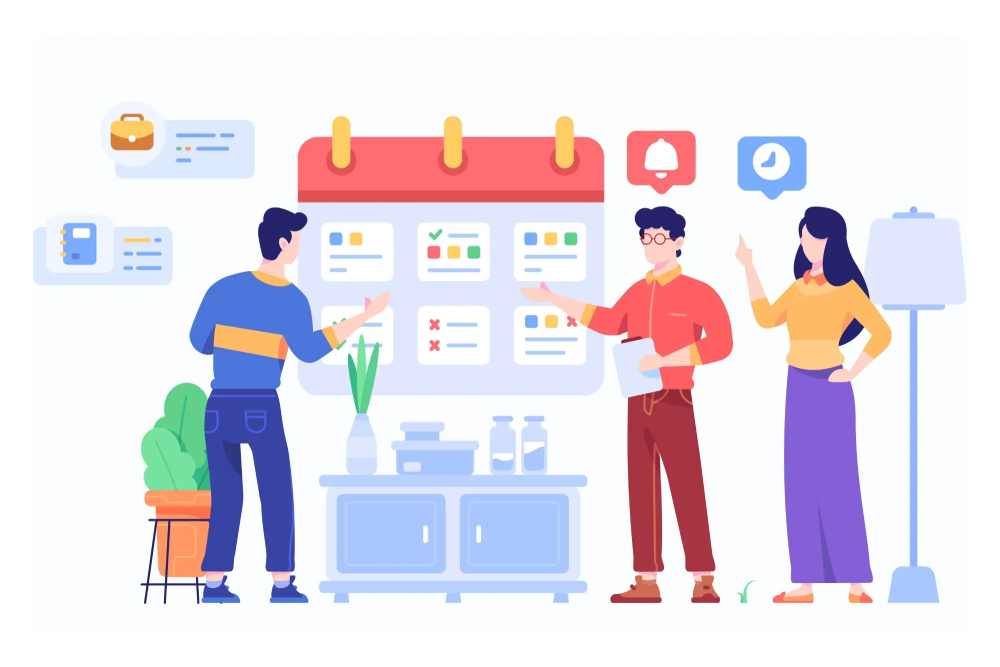Retail Communication: Guide to Consistent In-Store Performance
Learn why retail communication matters, common challenges, and how tech ensures consistency and compliance.



Learn why retail communication matters, common challenges, and how tech ensures consistency and compliance.

In modern retail, the difference between a smooth in-store experience and operational chaos often comes down to communication. Retail communication is the structured, consistent flow of information between a company’s head office, store managers, and frontline staff.
It ensures that:
When retail communication breaks down, the effects are immediate—incorrect pricing, missing promotions, inconsistent branding, and ultimately, lost sales. In an era where customer expectations are higher than ever, effective retail communication is no longer optional—it’s a strategic necessity.
This article explores what retail communication is, why it matters, common challenges, best practices, the role of technology, and where it’s headed next.
Retail communication is more than simply sending out instructions or sharing updates. It is a structured, strategic exchange of information between headquarters, regional managers, store managers, and frontline employees. It covers everything from product launch guidelines and promotional details to operational procedures, merchandising standards, and emergency alerts.
While corporate communication is broad—covering investor relations, PR, and company-wide announcements—retail communication is highly operational. It focuses on day-to-day store execution, often requiring urgent action and precise task tracking.
The importance of retail communication can be measured in both tangible and intangible ways. From a tangible perspective, effective communication drives accurate in-store execution, which directly impacts sales performance. When promotional materials are displayed on time, pricing is consistent across locations, and products are presented according to brand guidelines, the likelihood of converting shoppers into buyers increases significantly.
A campaign designed at headquarters means nothing unless store teams understand:
For example, if a holiday promotion starts on November 25th, but some stores launch it two days late due to miscommunication, the brand loses potential sales and customer trust.
Every store is an ambassador for the brand. Communication ensures:
When store teams receive clear, motivating communication, they feel included in the company’s mission. This boosts morale, reduces turnover, and fosters loyalty.
Informed employees create better shopping experiences—answering questions confidently, processing promotions correctly, and maintaining store appearance.
Despite its importance, many retailers struggle with communication inefficiencies.
The emergence of specialized retail communication platforms has transformed how information flows between headquarters and stores. Instead of relying on disparate systems, these platforms centralize all communication in a single, secure environment accessible to every stakeholder.
Platforms like YOOBIC, Reflexis, or Microsoft Teams for Retail consolidate updates, tasks, and feedback in one place—eliminating scattered channels.
Store teams can receive updates directly on mobile devices, ensuring they’re informed even when away from a desk.
Integration with:
Urgent messages—like weather disruptions or price changes—can be sent instantly to all stores.
Head office can track whether tasks are completed on time and to standard, with photo proof.
Use clear templates for:
Send relevant updates only to affected stores or regions to reduce noise.
Allow store teams to:
This fosters collaboration and improves execution accuracy.
Mix critical instructions with recognition of achievements, company news, or motivational stories.
A short video showing a promotional display setup can be more effective than a written description.
Retail thrives on consistency, but disruptions happen—pandemics, supply chain breakdowns, product recalls.
If you can’t measure it, you can’t improve it.
Retail communication is far more than an operational necessity; it is a strategic enabler of brand consistency, in-store excellence, and customer satisfaction. It ensures that every member of a geographically dispersed retail network is aligned, informed, and empowered to execute the brand’s vision accurately and consistently. In an industry where timing, precision, and customer experience are paramount, effective communication can be the difference between flawless execution and costly missteps.
By investing in robust communication systems, adopting best practices, and fostering a culture of two-way dialogue, retailers can transform communication from a background process into a competitive advantage. As the retail landscape continues to evolve, those who master the art and science of retail communication will be best positioned to deliver seamless, engaging experiences that keep customers coming back—no matter which store they visit.
Stay up to date with the latest video business news, strategies, and insights sent straight to your inbox!